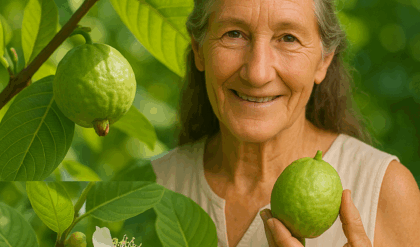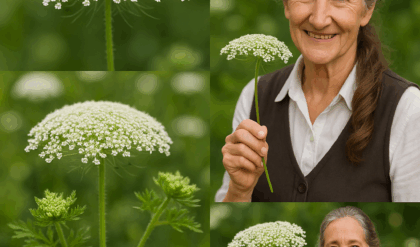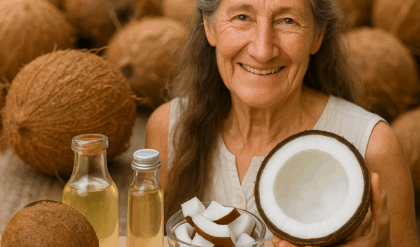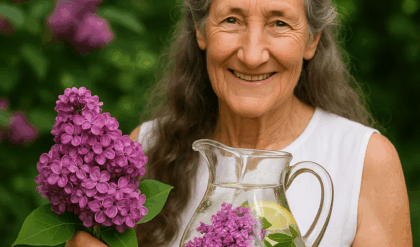🌼 Have you ever seen carpets of glowing yellow flowers in early spring and wondered if they held secrets from nature’s medicine chest? One of those enchanting plants is Lesser Celandine—a wildflower that has fascinated herbalists for centuries. But behind its beauty lies a plant with powerful effects and a dark side if misused.
Lesser Celandine (Ficaria verna) isn’t just a pretty face on the forest floor. It holds a place in traditional herbal medicine, especially in Europe, where it was once considered a go-to remedy for hemorrhoids and skin issues. Yet few people today truly understand how to use it safely—or how dangerous it can be in its raw form.
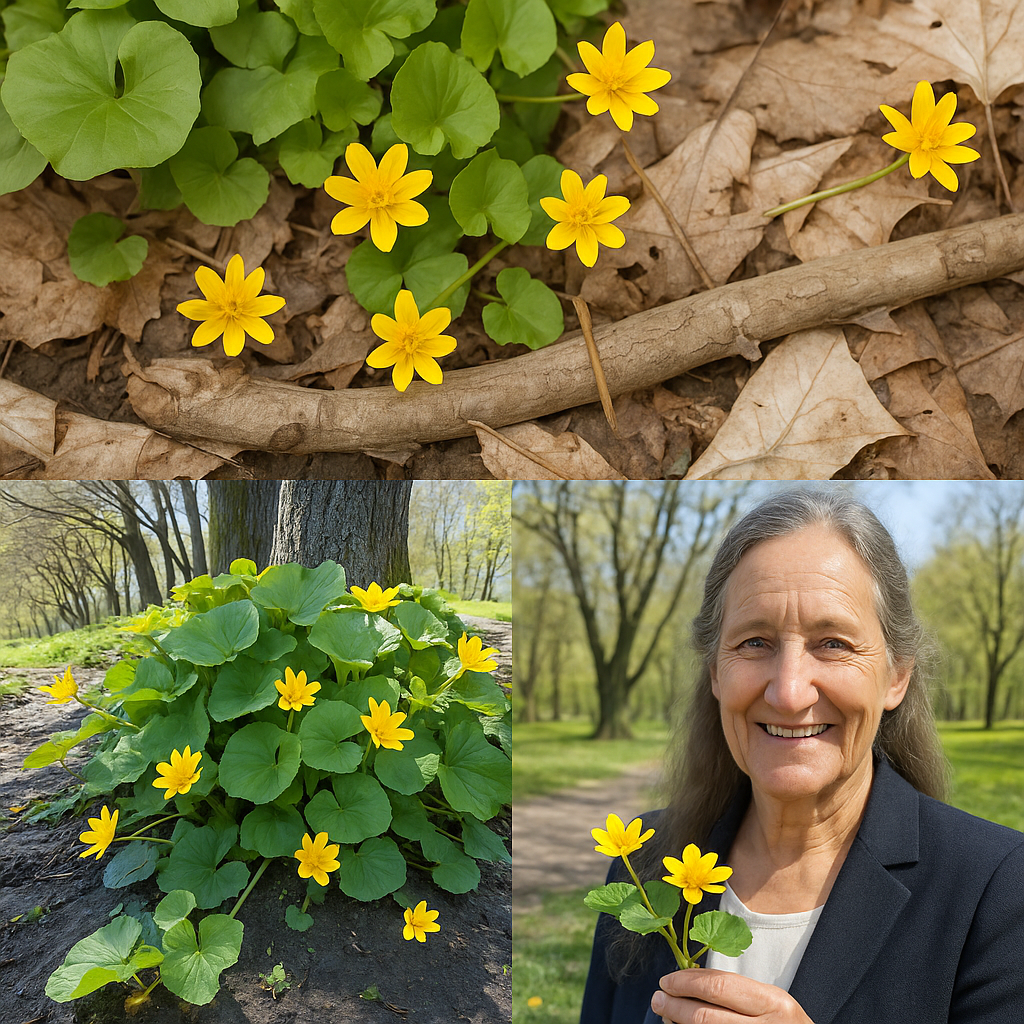
🌿 What Makes Lesser Celandine So Unique?
This small, low-growing plant with heart-shaped leaves and vivid yellow flowers is one of the first signs of spring. But don’t let its innocent appearance fool you. Fresh Lesser Celandine contains a toxic compound that can cause blisters, nausea, and more if not properly prepared. And yet, when processed correctly, it has surprising potential as a topical aid for skin and vein health.
🧴 Used with care, Lesser Celandine was once known as “pilewort” for its famous ability to calm the discomfort of hemorrhoids. It was also used for varicose veins, ulcers, and irritated skin. These historical uses point to its astringent and anti-inflammatory powers—especially when applied externally.
🌿 Traditional Uses That Still Matter Today
Lesser Celandine’s reputation in folk medicine is based largely on its ability to tone, dry, and soothe irritated tissues. Here are a few of the most respected traditional applications:
🌟 Hemorrhoid Relief
The most legendary use of Lesser Celandine is for hemorrhoids. It was prepared as a sitz bath or salve from the dried or boiled plant to reduce swelling and ease bleeding. Its astringent compounds helped tighten and tone blood vessels.
🌟 Topical Wound Healing
Crushed leaves were once applied to ulcers, shallow wounds, and inflamed skin. While modern medicine offers safer alternatives, this use highlighted the plant’s mild antiseptic and drying effects.
🌟 Varicose Veins
Herbal ointments containing Lesser Celandine were rubbed into inflamed or swollen veins. Though not a cure, they were used to reduce surface discomfort and irritation.
🌟 Spring Detox Support
In very small, dried or boiled amounts, Lesser Celandine was used in seasonal cleansing rituals to support digestion and the liver. This use was more spiritual than scientific—but it remains part of the herb’s folk identity.
⚠️ Why You Should Be Cautious
Here’s where things get serious. Lesser Celandine is toxic when fresh. The chemical protoanemonin is released when the plant is broken, and it can cause contact dermatitis, vomiting, diarrhea, and serious irritation of mucous membranes. That means touching or ingesting the raw plant without preparation is potentially harmful.
🔥 The Raw Plant is Dangerous
Protoanemonin is highly irritating and can burn skin or the digestive tract. Never eat or apply fresh Lesser Celandine directly to your body.
🔥 It Must Be Boiled or Dried
Only dried or properly boiled plant material is safe for any external or herbal use. This breaks down the harmful compound and transforms it into safer derivatives.
🔥 Not for Internal Use Today
Despite historical spring tonic uses, internal consumption of Lesser Celandine is strongly discouraged unless done under expert supervision. Today, there are far safer herbs that offer similar cleansing or liver-supportive effects.
🔥 Skin Sensitivity Risk
Even external use should be approached with caution. Sensitive individuals can experience rashes or irritation even from topical exposure to processed forms. Always patch test.
🧠 Why This Herb Still Matters
Even though modern herbalism rarely includes Lesser Celandine in internal remedies, it remains a reminder that nature provides both healing and harm. It’s a plant that commands respect—not one to casually experiment with.
Many popular “natural cures” found online fail to mention the dangerous side of herbs like this one. But Lesser Celandine proves a vital point: traditional medicine isn’t always safe by default. This is especially true with potent plants that require skilled handling.
💡 How to Use Lesser Celandine Safely
If you’re drawn to the idea of using Lesser Celandine, focus only on external preparations and ensure the plant has been properly dried or boiled. Here are safer applications passed down from traditional herbalists:
✅ Dried leaves infused in oil for salves
✅ Boiled decoctions added to sitz baths
✅ Ointments containing processed Lesser Celandine for vein care
✅ NEVER raw or fresh juice, and never for internal use without supervision
🛑 Never use the fresh plant, never assume it’s harmless, and always prioritize safety over experimentation. When in doubt, consult someone trained in herbal medicine or choose safer herbs with similar effects.
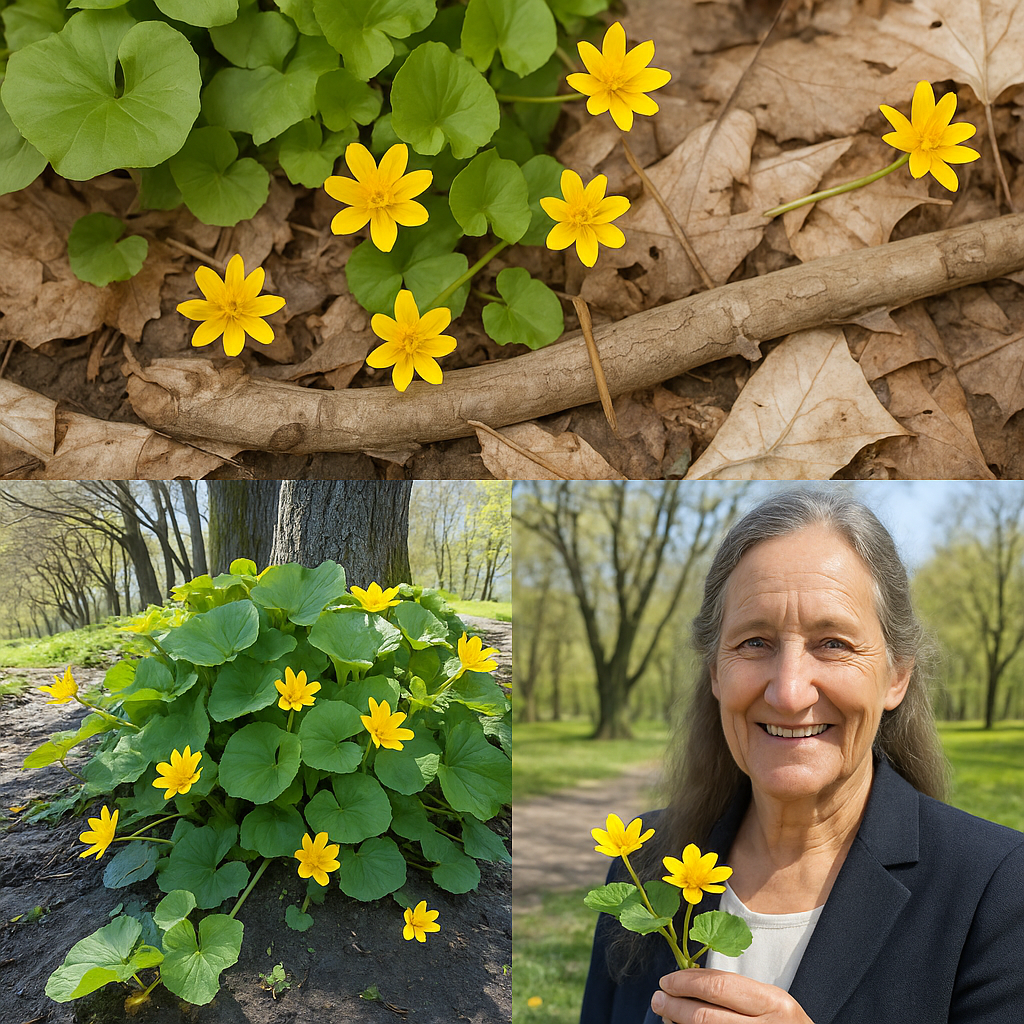
🌸 A Final Word: Respect the Power of Plants
Lesser Celandine captures the essence of spring with its golden blooms and ancient heritage. But its value lies not just in its history, but in the lessons it teaches about nature’s dual role in healing and harm.
Used responsibly, it can be a supportive part of natural skincare and circulation routines. Misused, it can lead to serious health consequences.
Always remember: just because a plant is natural, doesn’t mean it’s safe in all forms. Lesser Celandine deserves your respect and caution in equal measure.
🧠 Ready to explore more about safe herbal remedies and traditional plant uses? Stay curious—but stay informed.
📌 This article is for educational purposes only and does not replace medical advice. Always speak with your healthcare provider before using any new herbal remedy.

